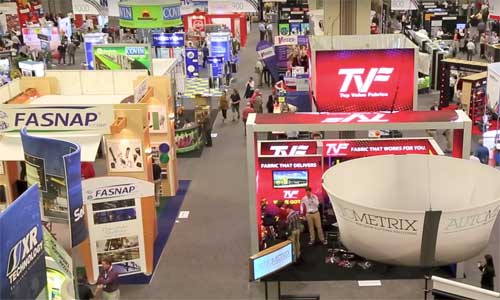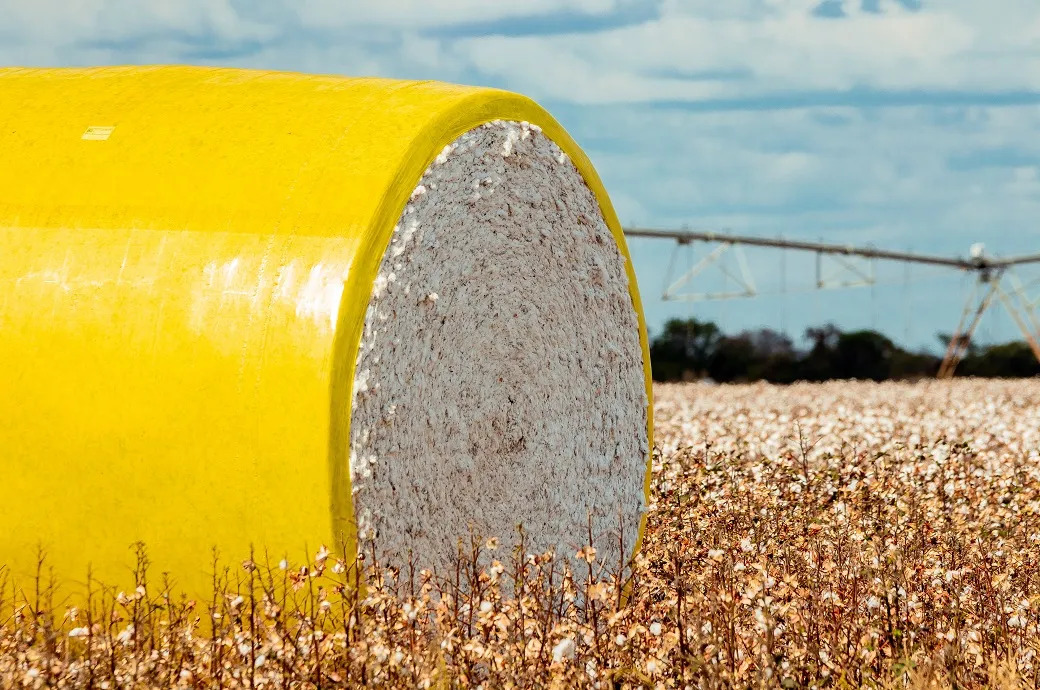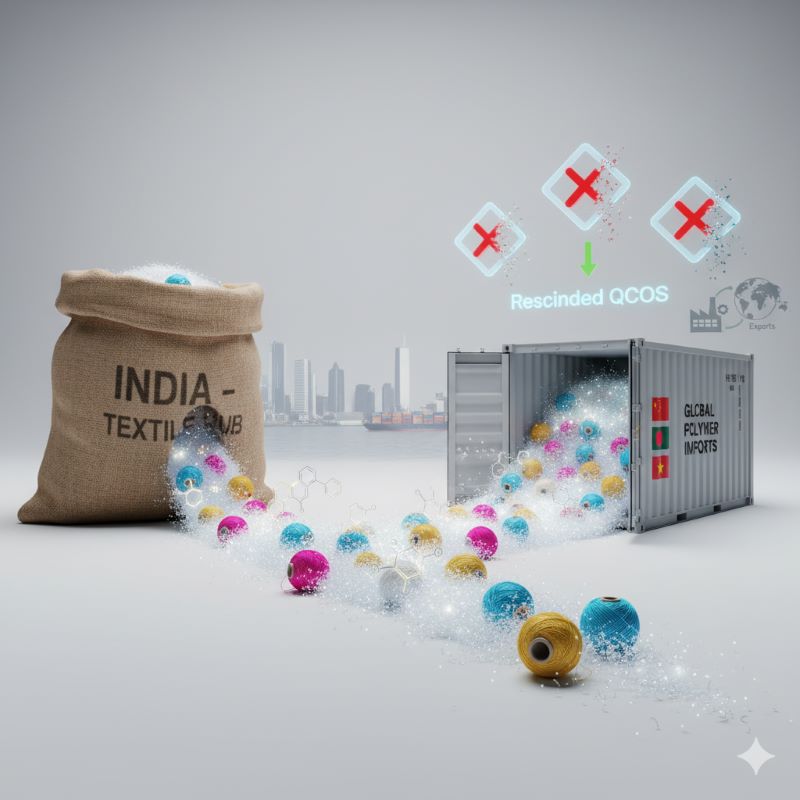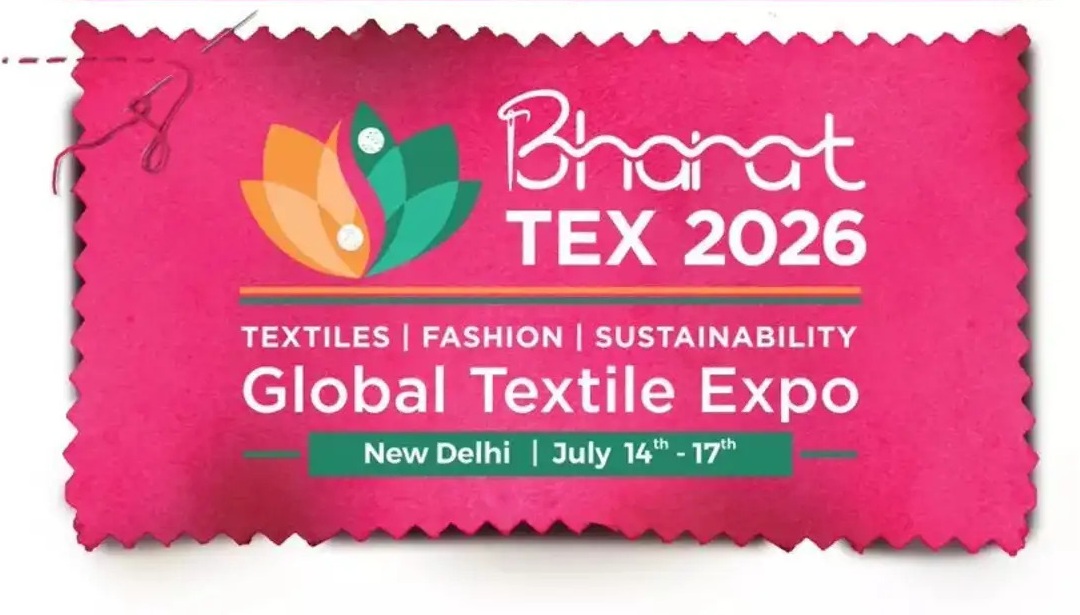"The recently held Smart Fabrics Program and E-Textiles Workshop at the IFAI Expo in New Orleans, delved deep into the future of smart fabric development and its commercialization. Smart fabrics need to be more than ‘cool technology,’ said Laurie Mease, Trade specialist for the US Department of Commerce/Office of Textiles and Apparel (OTEXA). They need to fulfil an unmet need, and provide a solution."

The recently held Smart Fabrics Program and E-Textiles Workshop at the IFAI Expo in New Orleans, delved deep into the future of smart fabric development and its commercialization. Smart fabrics need to be more than ‘cool technology,’ said Laurie Mease, Trade specialist for the US Department of Commerce/Office of Textiles and Apparel (OTEXA). They need to fulfil an unmet need, and provide a solution.
Case in point
Two years in development, the Levi's Commuter Trucker jacket recently went on sale, featuring touch controls woven into the cuff which allow the wearer to receive phone calls, navigate, or play music without getting your cell phone out of your pocket. Developed in conjunction with Google’s Advanced Technology and Projects Group (ATAP), the jacket sells for $350, and can only be washed 10 times before the circuitry is damaged. The jacket’s touch-sensitive denim fabric, woven with conductive threads containing a copper core, allows you to communicate wirelessly with your phone via a detachable Bluetooth dongle. Will this jacket appeal to the masses?

Jesse Jur, Associate Professor, Department of Textile Engineering, Chemistry and Science (TECS) at the College of Textiles, North Carolina State University, points out providers of wearables are generally not meeting expectations set by the media, and are no longer buoyed by hype. No one in this industry is making any money because there is not yet a market need. The best use-cases for smart textiles lie in the health care market, where standards and reliability are critical. The words ‘wearable tech’ will go away, stated Ben Cooper, MD, IOClothes, though he believes that the future of apparel, footwear, and textiles is tied into the development of the Internet of Things (IoT).
Future forward
Conductive yarns and threads from Marubeni Electro-Yarn and Supreme Corporation’s Volt Apache yarns can be incorporated in textile substrates to provide conductivity. Variation in materials, including copper, stainless steel, silver, or carbon, as well as with metallisation technologies, allow the properties of such yarns to be fine-tuned, according to McDermid Enthone Industrial Solutions. While conductive threads can be knit, woven, sewn, or embroidered into textile substrates, printed textile circuits using electronic inks or pastes hold great potential. DuPont Intexa screen printable inks of silver, carbon, or silver-chloride can be placed on TPU film in intricate patterns, then laminated to the fabric to create pathways to a circuit. The resulting e-textile is super flat, light weight and stretchable.
The development of standards and IP protection for smart textiles has been making waves lately. Washability, consumer safety, sustainability and the reliability of medical and military technology are critical issues. Connie Huffa of Fabdesigns, pointed out that some designers want to put copper fibres right into fabric. Electronics can do things to your immune system, and graphene is toxic to the body. In addition, e-textiles may not be recyclable, with batteries adding toxicity.
The American Association of Textile chemists and Colorists (AATCC), ASTM International, the Institute of Electrical and Electronics Engineers (IEEE) and the Association Connecting Electronics Industries (IPC) have begun to grapple with the problem. Gerry Elman, president, Elman Technology Law, pointed out that patent law can be very difficult, particularly in partnerships between industries as diverse as textiles and technology.
Scope for commercialisation
Successful commercialisation of smart textiles lies in finding a need, enabling the textile infrastructure and electrical components to work together, and establishing appropriate standards. Despite the challenges, smart fabrics and e-textiles may provide stimulus for a tired textile industry churning out commodity fabrics at very nominal cost. Beyond current developments for military and first responders, medical and health care, and sports and fitness, there are hidden opportunities waiting to be explored in mass transit, industrial and commercial end uses, energy harvesting, and smart mechanical textiles.












